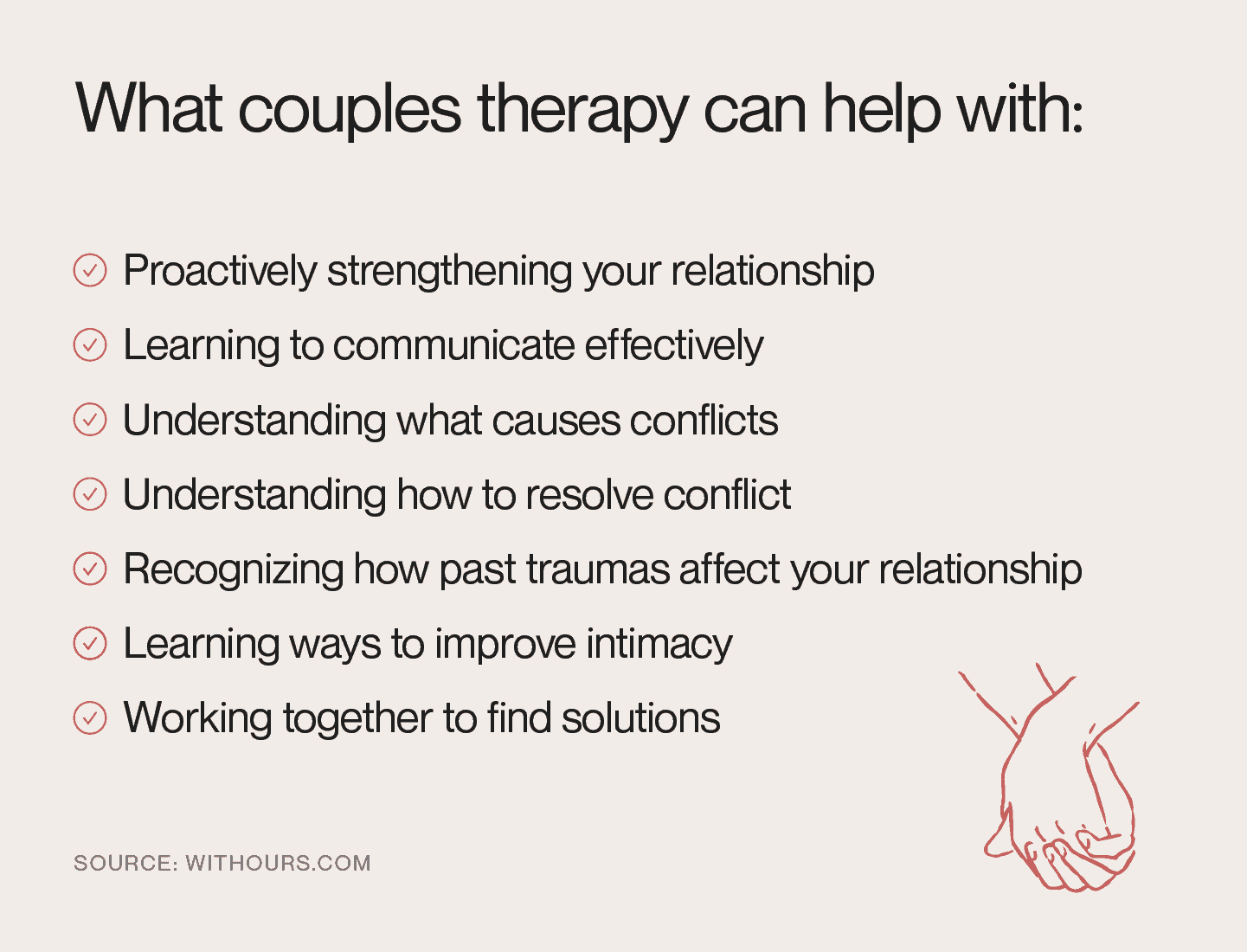What Does Aim Point Counseling Do?
What Does Aim Point Counseling Do?
Blog Article
Some Ideas on Aim Point Counseling You Need To Know
Table of ContentsAim Point Counseling - The FactsMore About Aim Point CounselingThe Only Guide for Aim Point CounselingAim Point Counseling Things To Know Before You Get ThisGetting My Aim Point Counseling To WorkThe Aim Point Counseling PDFs
The longitudinal layout includes a pre-treatment survey and 2 follow-up surveys at 3- and 12-months post-intervention. The research study is embeded in eight Relationships Australia Victoria centres, throughout urbane, external suburban areas, and regional/rural websites. Relationships Australia, a non-government organisation, is the biggest supplier of pair counselling and partnership services in Australia.
These high rates of connection break down have actually been consistently linked with negative health effects for both grownups and kids complying with divorce/separation.
Aim Point Counseling Fundamentals Explained
The results of divorce and separation can be damaging, research suggests that high partnership discord in undamaged couples is likewise most likely to have negative results.
Research study to day has actually recognized both couple and private aspects that might contribute to relationship disharmony. These consist of partnership satisfaction and commitment at the pair degree, and depression at the individual degree.
Unknown Facts About Aim Point Counseling
While the majority of studies suggest enhancements in partnership satisfaction complying with pair coaching, they are restricted by the examples and actions used, mostly temporary follow-up time structures, and analyses that do not account for the dyadic nature of pair data., is one more frequently checked out partnership end result.
To sum up, study shows that couple-specific variables as well as individual factors may predict the outcomes of couple therapy and connection services. The causal direction of these relationships, nonetheless, is much less clear. These monitorings are essential, given that, to justify and guide the application of relationship solutions such as pair therapy, empirical evidence needs to discover both the outcomes of relationship services and the factors that forecast effective treatment.
, at the very least in some European countries.

We presently recognize little concerning the profiles of pairs who choose relationship education and learning compared to those who look for partnership therapy, or the end results of these programs. Anecdotal evidence suggests that there might be significant distress amongst at least some pairs seeking relationship education. Relationship education programs differ from couple coaching as they are normally very structured, conducted in groups, and focus on a blend of four components; awareness, comments, cognitive change, and abilities training [45]
Aim Point Counseling Fundamentals Explained
Comments entails participants finishing sets of questions about their relationship (e.g. procedures of interpersonal problems), and receiving details on what their ratings suggest. Cognitive-behavioural methods promote changing cognitions to facilitate favorable connections. These might consist of promoting sensible attributions/expectations around negative companion practices [46] Finally, in abilities training, couples go to talks or discussions on relationship skills, and practice these during facilitator-led activities [ 45]
These impacts have lingered for approximately 4 years in some studies [47] These meta-analyses highlight constraints in the present literary works on relationship education and learning. Especially, the majority of researches involved couples from top socio-economic histories that were not experiencing high relationship discord [47,48] This example profile might not represent customers that usually provide for connection education and learning.
What Does Aim Point Counseling Do?

Extremely little research study has taken a look at the relative advantages of couple coaching and connection education programs. As clients are most likely to self-select into these service types, it is unclear whether characteristic partnership distress profiles existing to each solution kind, or undoubtedly whether there is a communication between presenting profile, solution type and end result.
(https://a1mpoint.mystrikingly.com/)
Hence, we have included a 12-month follow-up to determine longer-term patterns and results.
For that reason, we suggest to make use of multi-level analytical modelling procedures that manage for the inter-dependence of pair information to examine any treatment effects. The certain purposes of the ECC study are to: 1. Map accounts of customers seeking area agency-based pair therapy click over here vs. relationship improvement programs in regards to socio-demographic and partnership signs (such as partnership contentment, connection dedication, social issues, and reasons for attending), as well as wellness (such as anxiety, general well-being) and health service use (eg.
Figure out whether pair counselling and partnership education and learning services improve three- and twelve-month outcomes for connection satisfaction, commitment, and depression, using statistical evaluations appropriate to pair data. couples counseling. Establish the relative contributions of customer elements (private and couple) and therapy/education factors to results at 3- and 12-months, and to sustainability of end results over time.
Our Aim Point Counseling Diaries
Multi-level modelling to determine pre-post distinctions, regulating for dyadic (pair) degree. To add to the literature assessing the performance of community-based pair coaching. The results will assist scientific decision-making in community-based relationship service setups, and specialist training. 3. To figure out the relative contributions of client/couple and treatment factors to outcomes at 3- and 12-months, and to sustainability of outcomes with time.
Report this page